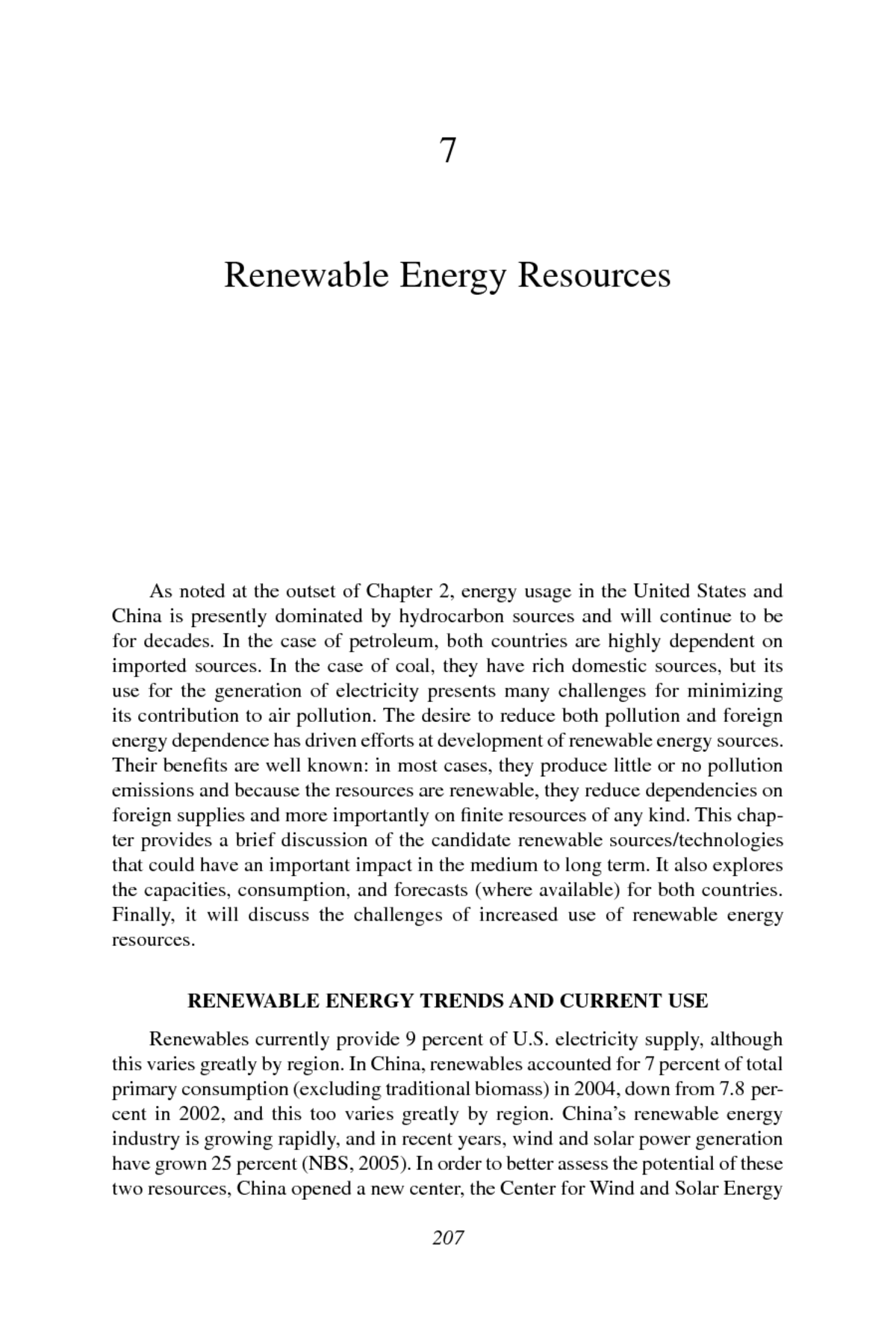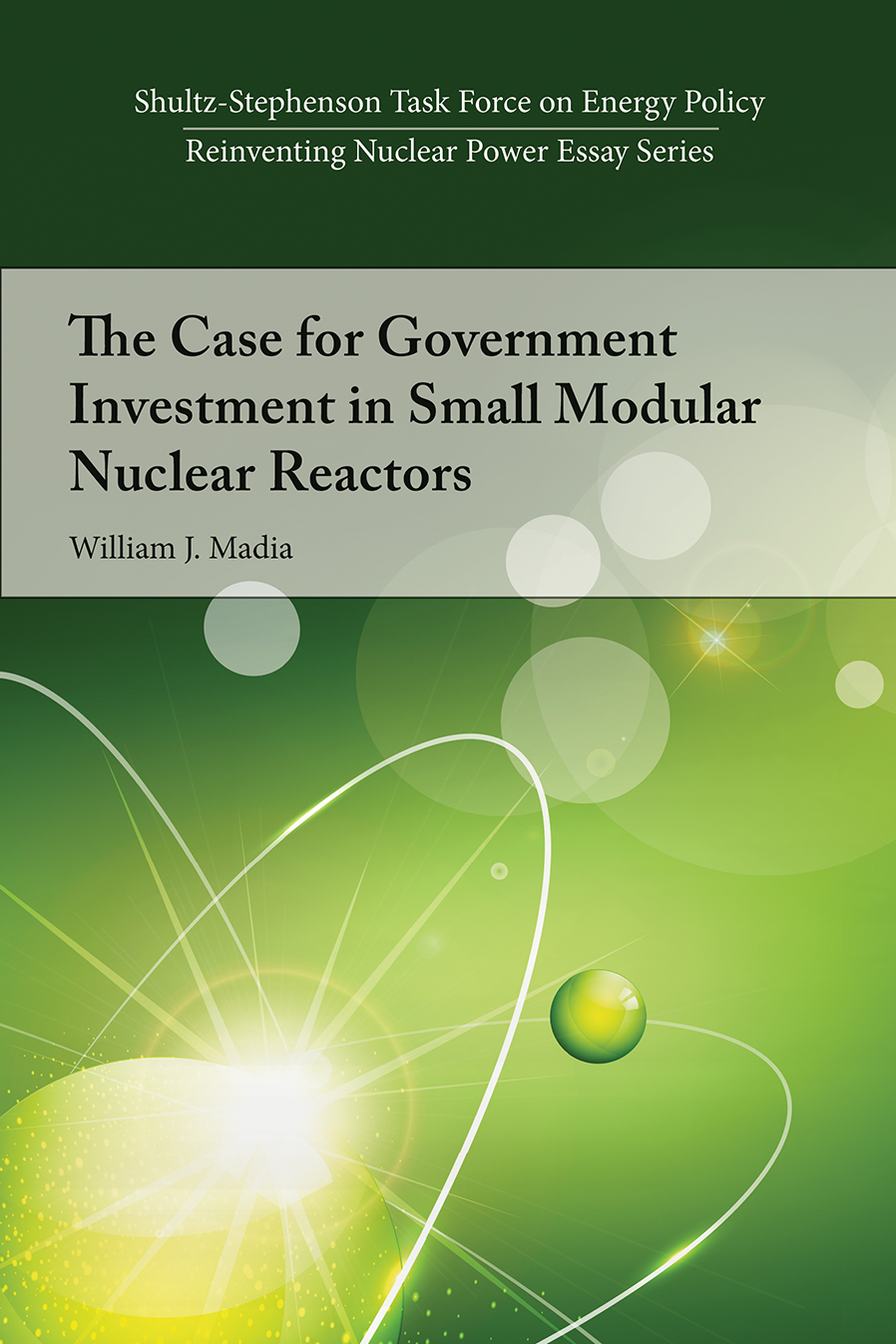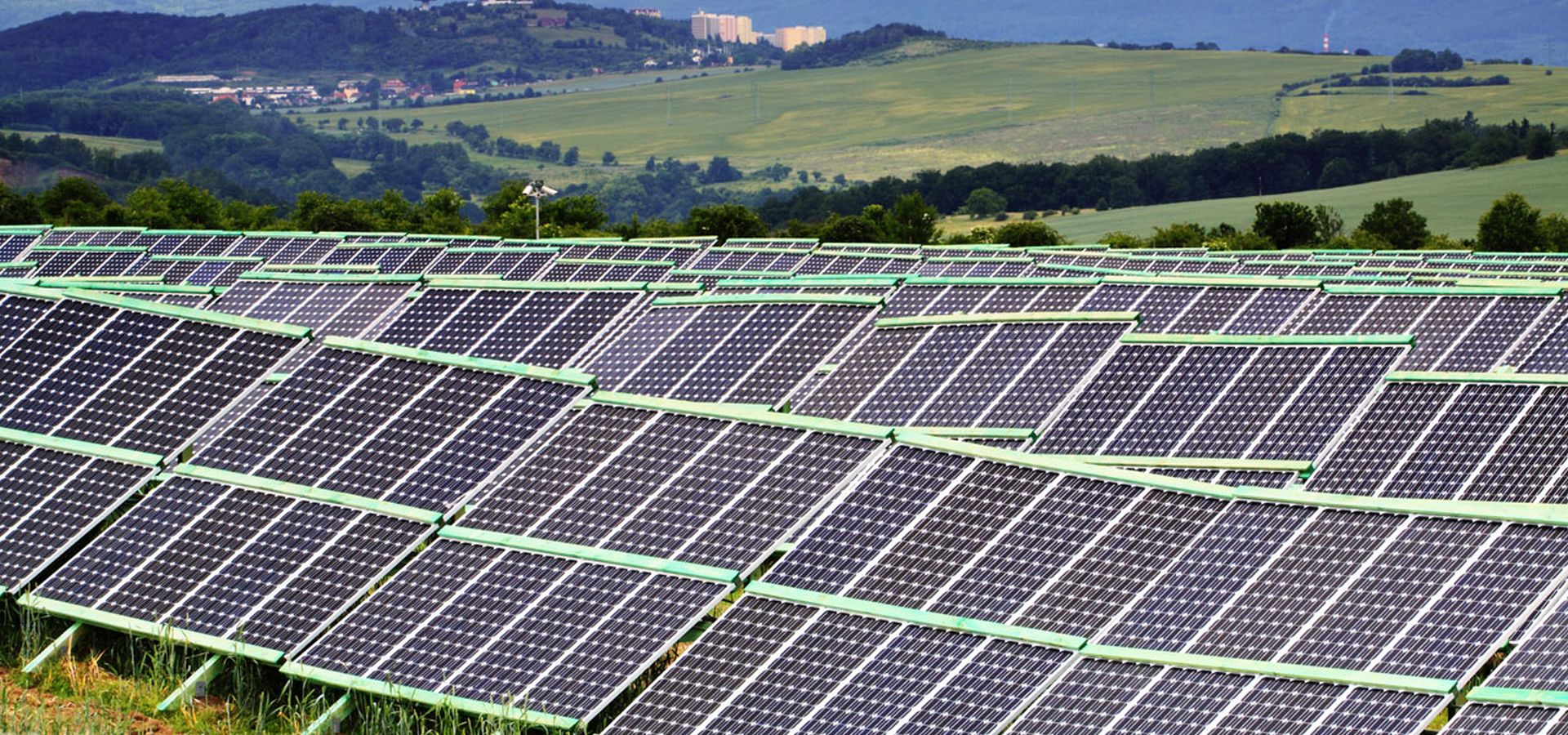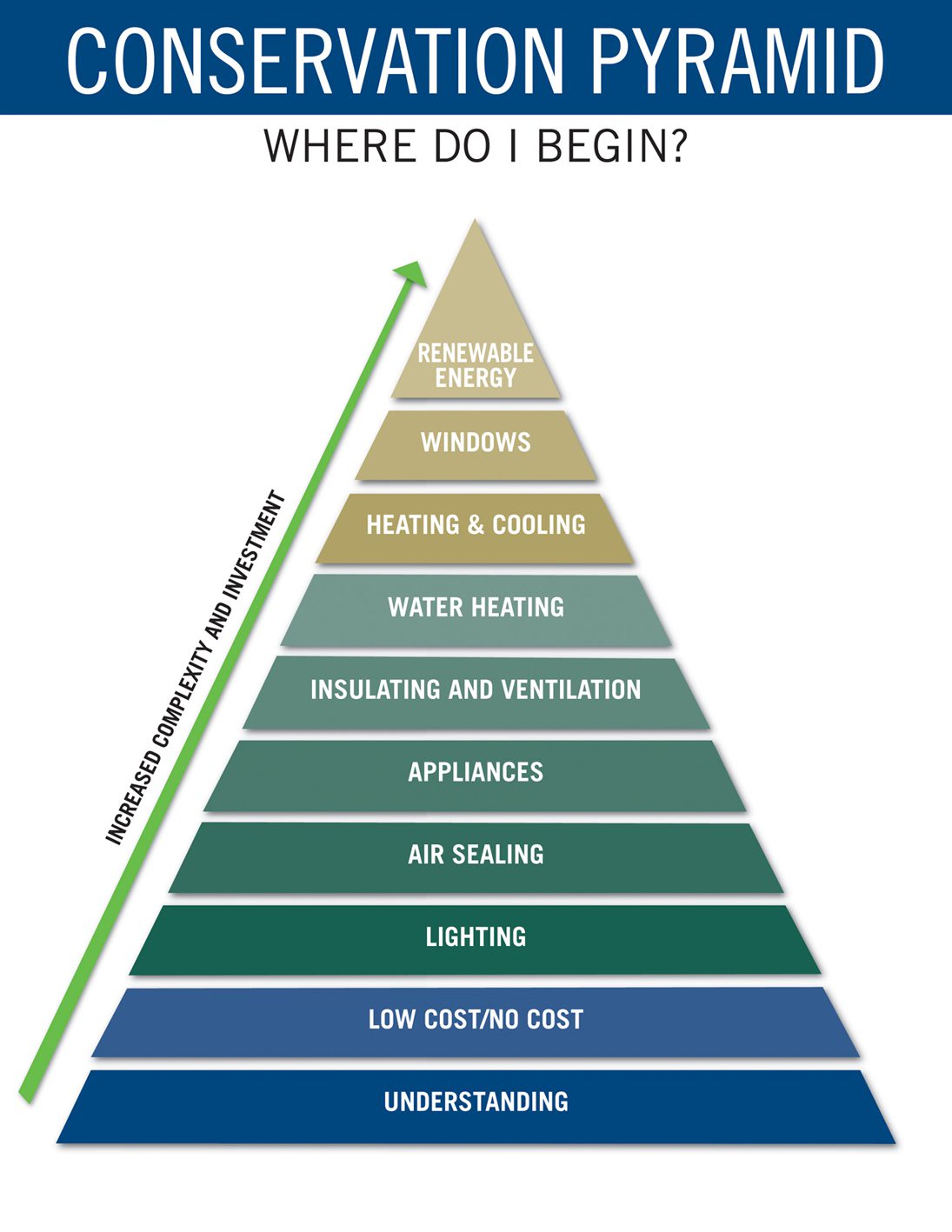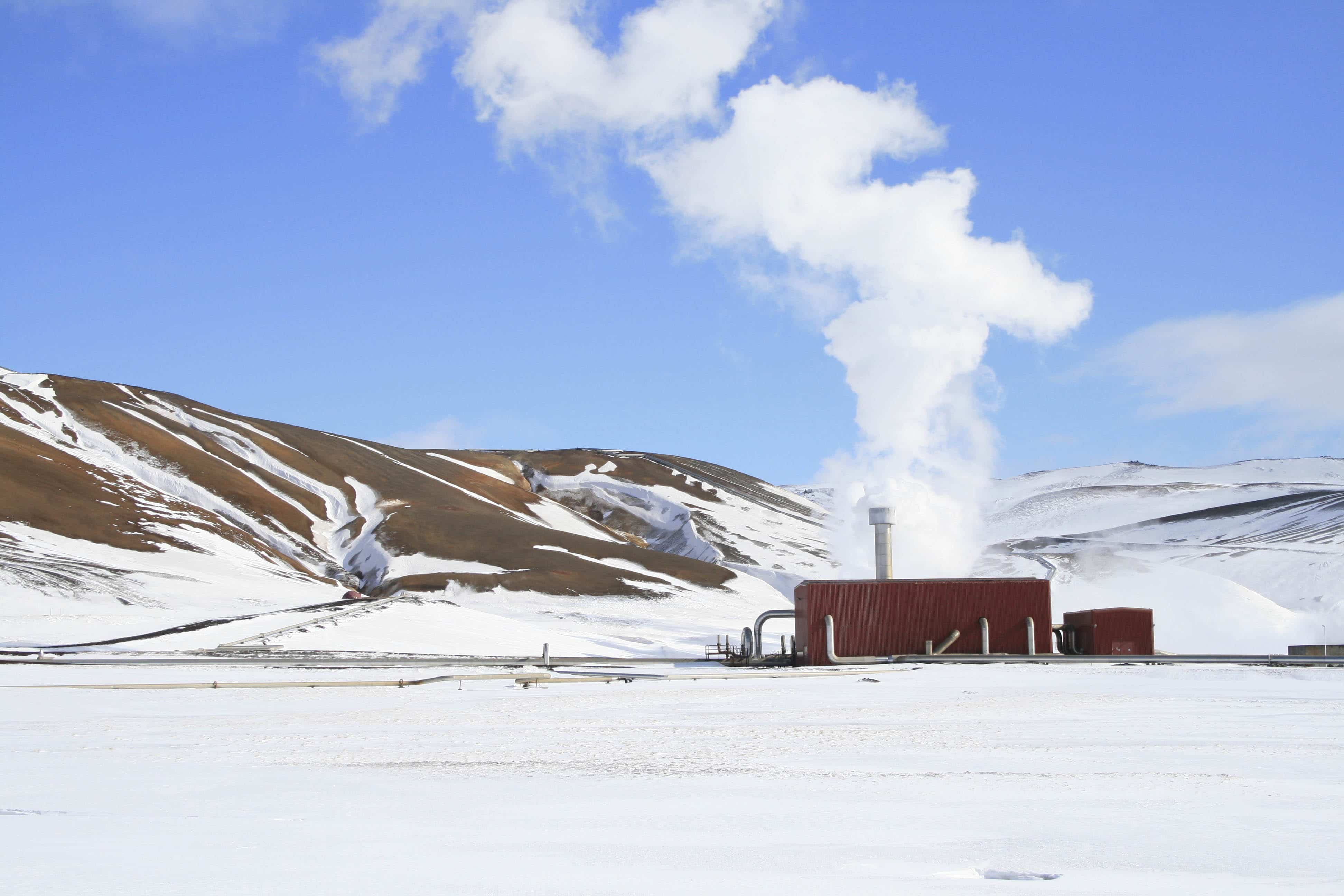Minnesota has so far missed targets it set for itself 11 years ago for reducing greenhouse gas emissions. But a new study released this week by the McKnight Foundation shows the state can still meet a longer-term goal to reduce emissions by 80 percent from 2005 levels by 2050.
The study follows a report released last month looking at efforts to de-carbonize the states in the middle of the country that are part of the same electricity system operator. It also expands on the findings of a 2016 study on how every sector of Minnesota’s economy could reduce carbon emissions to help meet the goals of the 2007 Next Generation Energy Act.
McKnight funds MPR News coverage of climate change but has no influence over that coverage.
Why are people talking about reducing emissions by 80 percent by 2050?
Climate scientists working on behalf of the United Nations Intergovernmental Panel on Climate Change came up with the 80 percent target by mid-century more than a decade ago. It has to do with how much warming the planet can tolerate to avoid the worst effects of climate change, including dangerous heat waves and floods.
In 2007, Minnesota Republicans and DFLers joined together on the Next Generation Energy Act and adopted a goal to hit the 80 percent reduction by 2050.
But so far, we’re not on track — we were supposed to have reduced emissions 15 percent by 2015 and missed it. These are just goals, not requirements, but a lot of people are concerned we’re not doing enough.
Why hasn’t Minnesota met its greenhouse gas goals so far?
The emissions that contribute to climate change come from a variety of sources, and we’ve been able to get a handle on some of those emissions better than others.
For example, generating electricity is the largest source of carbon emissions, but it happens to be the only area in which we are meeting our goals.
Transportation is the second largest source, and transportation emissions have gone down, but we still rely pretty heavily on gasoline-powered cars and trucks. Agriculture emissions have remained fairly flat, as Minnesota farmers rely heavily on crop fertilizer, livestock and equipment that burns fuel.
Meanwhile, emissions from industry, homes and commercial buildings have gone up with economic growth. But this new study says despite all that, we can still meet our mid-century goal if we focus on electricity and powering more things with electricity.
What’s the study’s takeaway?
The study says we can reach the 80 percent goal by making an aggressive transition to clean energy sources like wind and solar and by transitioning more machines to electric power instead of fossil fuels, including cars and trucks.
The study also says battery storage and better connections to the wider grid will allow Minnesota to have reliable electricity, even when the wind isn’t blowing and sun isn’t shining. The study concludes that the goals outlined in the Next Generation Energy Act can be met — even if not every sector of the economy de-carbonizes itself the way electricity is predicted to de-carbonize.
Isn’t it going to cost a lot of money to transition away from nuclear and coal-fired power plants?
No. This study, like others that have come before it, show there’s a net benefit for Minnesota’s economy when it comes to transitioning away from fossil fuels.
Wind energy is already cheaper than coal. Solar can beat natural gas in some instances, and battery storage makes it easier to deploy when we need it.
The modeling in this study predicts the cost of electricity will go down by 2050. Why? There’s no fuel cost with renewables. In contrast, generating electricity from coal in Minnesota requires hauling coal from Wyoming or elsewhere to Minnesota by train and then burning it.
But decommissioning these big power plants does cost money, and the study factored the costs of those closures into its analysis. Another thing that could cost money is building more transmission to make sure our grid is well connected and reliable.
What happens with all of Minnesota’s emissions that don’t fit into the electricity category?
The study didn’t talk about how we might reduce emissions in agriculture and heavy industry. Tom Peterson, the CEO of the Center for Climate Strategies who has done previous studies on Minnesota’s greenhouse gas emissions, said his group’s work also showed that focusing on electricity is the best strategy.
But he said it’s really important not to ignore those other areas. For example, one of the assumptions that goes into a lot of these emissions models is that our forests are going to be a carbon sink.
As we’ve seen recently with these massive forest fires which are adding emissions, assumptions can sometimes be wrong. He said we can’t ignore what’s happening in these other sectors of our economy, and that we want to have as many options available to us as possible to reduce emissions.
How might the average consumer notice a difference in 2050?
If you’re envisioning solar panels and batteries on every home and business, that probably won’t be the case.
While early adopters are expected to continue embracing renewable energy, the really big changes are expected to happen on a larger scale. That includes large-scale solar energy facilities and battery backup near transmission lines.
Consumers will notice the transition from gasoline-powered vehicles to electric.
Another change is expected in heating. Both space and water heating could be electric instead of natural gas or heating oil, and there are already electric powered boilers and furnaces out there.
What does the McKnight Foundation hope will happen with this study?
They want it to help inform the discussion that’s been going on in the state about how to reduce emissions to address climate change. And they’re also hoping that it’s specific and technical enough to give people a sense of optimism that Minnesota really can transition to renewable energy while keeping it affordable and reliable. They didn’t make any specific policy recommendations, but we will likely start seeing some of that from various groups after the election in November.








 Bamboo Creek Farm
Bamboo Creek Farm deliveries 4-5 days/week around metro-Atlanta. Bamboo Creek Farm uses a converted shipping container as the primary cold storage facility, along with two smaller units, that together offer three different temperature ranges suited for different products. “This repurposed cold storage unit is mobile and offers us versatility. Whether we unplug it and transport it to another location, or repurpose it into an office or dry storage unit, the cold storage unit works, offers endless possibilities and informs the community on renewable, sustainable farming practices,” says Todd Eittreim, our Farm Operations Manager.
deliveries 4-5 days/week around metro-Atlanta. Bamboo Creek Farm uses a converted shipping container as the primary cold storage facility, along with two smaller units, that together offer three different temperature ranges suited for different products. “This repurposed cold storage unit is mobile and offers us versatility. Whether we unplug it and transport it to another location, or repurpose it into an office or dry storage unit, the cold storage unit works, offers endless possibilities and informs the community on renewable, sustainable farming practices,” says Todd Eittreim, our Farm Operations Manager.




-Amritsar-energy{0b7da518931e2dc7f5435818fa9adcc81ac764ac1dff918ce2cdfc05099e9974}20conservation{0b7da518931e2dc7f5435818fa9adcc81ac764ac1dff918ce2cdfc05099e9974}20001.jpg)








